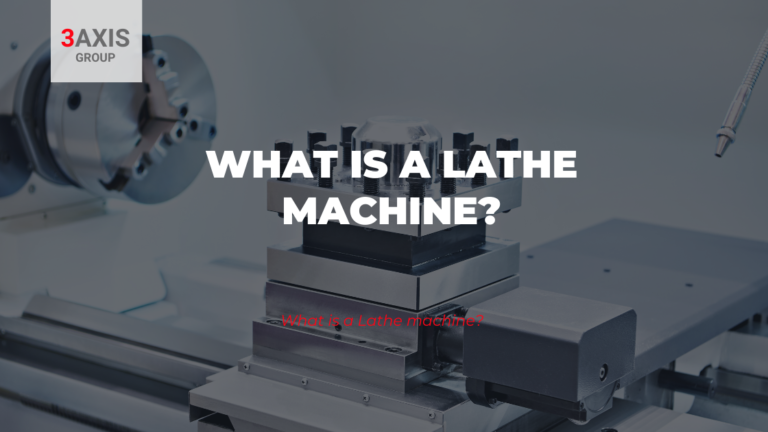In today’s article we will talk about lathes and their history. We will focus on what is a lathe machine and their origins. Don’t miss it, keep reading!
A lathe is a machine composed of a cylinder that rotates around its axis by the action of wheels or levers, and that acts on the resistance through a rope that is wound in the cylinder. More specifically, in the metallurgical industry, the lathe is the tool that allows to machine parts of geometric shape.
These devices are responsible for spinning the part while other cutting tools are pushed against its surface, allowing the chip to be cut according to the required conditions.
What about CNC Lathe?
It is a lathe that has been designed to manufacture parts automatically and has implemented CNC software that serves to control these automated processes.
This software uses alphanumeric data following the Z, X, Y axes.
What is a Lathe machine and how does It Work?
Wondering how a CNC lathe works? We explain it to you in a simple way.
The workpiece is first fixed to the spindle, which starts to rotate when the program is started.
The X and Z axes are moved according to the parameters previously defined in the computer and the part is shaped. All the parts that come out will have an identicalnfinish, with the same dimensions and measurements.
Using software programs such as CAD and CAM, you can model in detail the part you want to obtain. These programs include all kinds of configuration features, in addition you can preview the part in question.
The most advanced CNC lathe software even shows you the production simulation, that is, they show you how the lathe will work until the product is ready.
Once you have the parameters defined in the program, you enter the data to the CNC lathe, and place the workpiece. The machine takes care of the
rest.
History of a lathe machine
Although the origins of the lathe date back to ancient Egypt, it was not until the 13th century that they acquired obvious advantages in terms of handling and operation: they went from being exclusively manually operated systems to equipment operated by means of a pedal.
And from the 15th century onwards, belt-driven lathes and belt-driven
connecting-rod lathes appeared.
Later, with the Industrial Revolution in England, during the 17th century, the first lathes capable of machining a metal part appeared. After that, it took many years, until the 1940s and 1950s, for the first CNC lathes to appear.
The concept of CNC (computer numerical control) goes back to the basic idea of NC, or numerical control, which had its origins in the aviation industry.
The first development in the area of numerical control was made by the American inventor John T. Parson together with his employee Frank L. Stulen in the 1940s.
Discover also:




